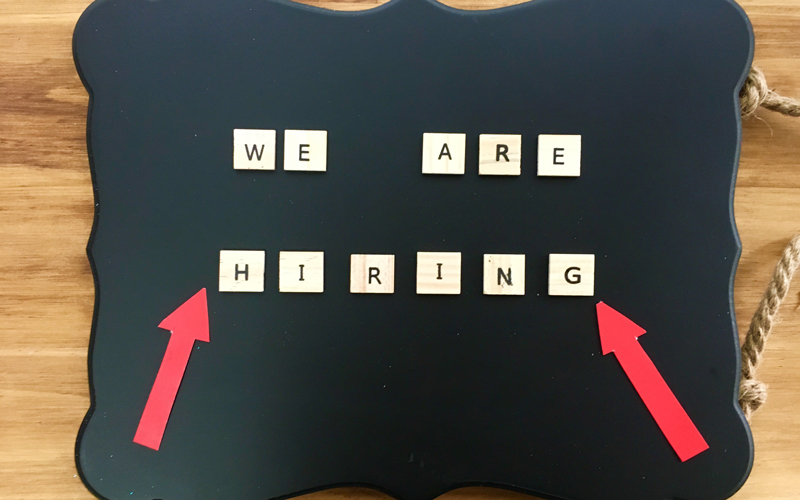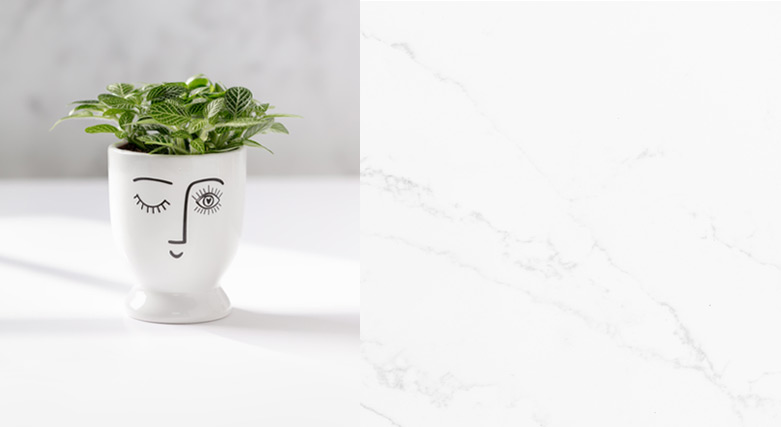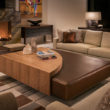Caught between tracking purchasing orders, making invoices, picking up and dropping samples, and logging your timesheet, apart from working on your one true passion, interior designing? If so, you know it is time to find an assistant, but you just do not have the time to find one or train one to do the work.
With more and more peripheral yet necessary work piling up, you are left with less and less time for what is likely your two contributions to your business: designing and cultivating client relationships. And more importantly, you find that there is barely any time for rest and recreation. If this description fits your current state of mind, then it is time to get some help for your business and hire an assistant.
This article outlines why you need an assistant, what kind of assistance you can seek, how to find the right assistant, and how much to pay them.
Why Do You Need an Assistant?
An assistant essentially simplifies your work processes. While some designers prefer an assistant without a design background, others prefer assistants who can help in a creative capacity. Therefore, in order to hire an assistant, you must clearly outline your needs and be absolutely sure about the responsibilities that you want to unload on your assistant. A loose description such as you need someone for “helping out with stuff” will get you nowhere. Instead, write down exactly what you expect from your assistant, spelling out the tasks precisely.

What Can an Assistant Do for You?
There are several types of assistants that you can hire to support your interior design business.
The first type of assistant is someone without a degree or background in interior design. The job is purely administrative, it consists of tending to everyday business activities such as returning samples, bookkeeping, answering emails, taking messages from clients, communicating with vendors, following up with delivery agents, and keeping you updated. This type of assistant can be with you in the studio or could work remotely.
The other type of assistant is someone who also has an interior design background, with a creative eye for things. This person will assist you in a creative capacity, such as project management, checking for defects in design plans, and accompanying you to markets. This type of assistant is someone you can inspire, train, and mold.
How to Hire an Assistant?
Finding the right assistant for your business is a gamble few solopreneurs are willing to take. Whether you hire a student intern, virtual assistant, a full-time or part-time assistant, you will need to develop a plan to delegate responsibilities, invest time in training, and think about how it all affects your overhead.

Solo designers are often scared of the costs involved, privacy issues, and concerns around having enough time to train someone who will eventually leave (because nothing in this world is forever). While these are indeed points of concern, it can be even more painful to not have the support that you need to make your business grow.
Finding the right assistant is just like finding the right pair of gloves because they should fit your business ‘like a glove’! Ideally, you will find someone who can love your business as much as you do, appreciate your talent, and truly want your business to prosper. A hard ask? Maybe, but it is definitely not impossible.
A lot of designers claim to have gotten really lucky with their assistants, and many of them had to go through several sessions of hiring and firing before they found ‘the one’.

Based on their combined experiences, some of the things to keep in mind while hiring an assistant are:
- You need to make sure that your new assistant understands her/his responsibilities clearly. Communicate all your expectations upfront.
- Ask them to communicate all expectations they have from this job. Make sure you are both on the same page well before training begins.
- Make them aware of the possible issues that they might face with the job. This is when you can reveal your personality quarks and give them fair warning if you are moody before your first cup of coffee or anxious every Friday closing your tasks for the week.
- Communicate payment terms clearly. Agree on a figure, write it into the contract and make sure you honor it. Playing money games creates animosity.
- Make sure your candidate has the relevant skill-sets and the level of experience or qualification that are required. Verify certificates and background information.
- Talk to previous employers to learn how they work, their strengths and weaknesses, and whether they took ownership of their responsibilities.
- Do NOT hire someone if you don’t find the right fit. This could become a liability and worsen your already overwhelmed state of mind.
Where to Find a Design Assistant?

- You can look for design assistants via online platforms such as Craigslist, Monster, and Indeed, Elite Design Assistants, or post an ad in your local newspaper.
- You can look for assistants via social media networks such as LinkedIn and Facebook.
- You can ask for recommendations or post a job on one of the Facebook support groups for interior designers.
- For admin freelancers and virtual assistants, you can use an online marketplace such as Upwork. Prices will range from $5 to $35/hr for admin support based on their location, experience, and skill-sets.
Budgeting for an Assistant
You need to ensure that your new assistant is a money maker rather than a bank breaker.

Keep in mind that you are hiring an assistant to help your business grow bigger. Look at your current finances and plan for a realistic budget before embarking upon the hiring process. Based on whether you need the assistance of an intern, a part-time, or a full-time employee, you can set the pay scale accordingly. As of 2019, a qualified design assistant is paid an average of $42,000 a year, or $20 per hour. If you offer an unpaid internship, it is best that the student gets academic credit to legally comply with labor laws (confirm with a lawyer). It is better to use paid labor as you are then free of the limitations around what unpaid interns are supposed to be doing, i.e., not supporting your operations. Lawsuits happen, so pay attention.
Make sure that hiring your assistant does not burn a hole in your pocket. One way to balance the additional expense is to raise your rates. You can justify this increase by communicating with clients about faster responses and better customer services. An easier way to balance the additional expense is to take on a bigger workload. Your assistant should allow for you to increase your capacity, which should lead to sufficient revenues to pay for your assistant.
Factor in your assistant’s fees into your design fees. All the work that your assistant does, whether administrative or design-related, can be considered billable hours towards the client. If you plan this in advance, your assistant’s effort might not just be covering their wage but also bring in additional income and becoming a profit center for your business.

Before hiring an assistant, try to assess what jobs can be outsourced and how much those activities would cost versus paying a new assistant. For example, you could use a service such as Roadie to pick up or drop off samples. This service is affordable and can be included in the client’s final invoice. This way, you can remove the delivery/pick-up tasks from your assistant’s job responsibilities.
Conclusion
Keep in mind that making more time for designing and client relations translates into making more money for your business. When your mind is freed from other distractions, your designs tend to get better – your clients get more of your unhurried attention. Freeing you up from admin tasks will open you up as a salesforce for your business. Successful design studios typically have an active “rain maker” that brings in new clients and revenue. While it is easy to find admin help, you are likely not able to replace yourself as the rain maker. So, embrace your new position as lead designer and rain maker, and relax into knowing that you don’t need to wrestle with logistics and billing in the process.
Have you hired an assistant? How was the hiring experience? Do you have any suggestions for designers looking to hire for the first time? Please let us know in the comments below.






